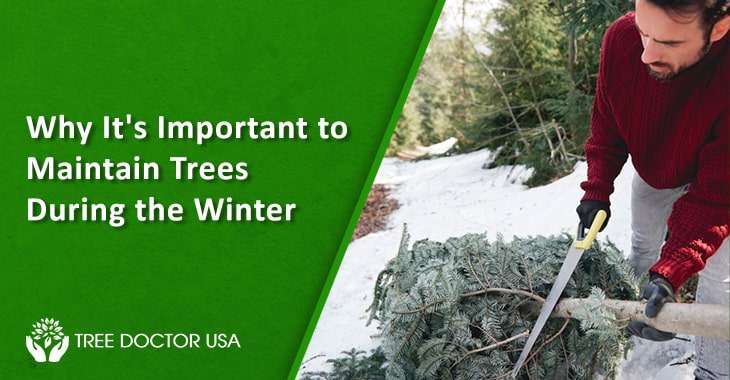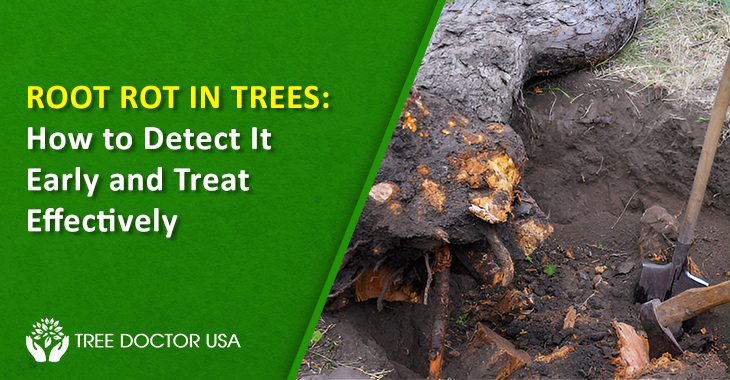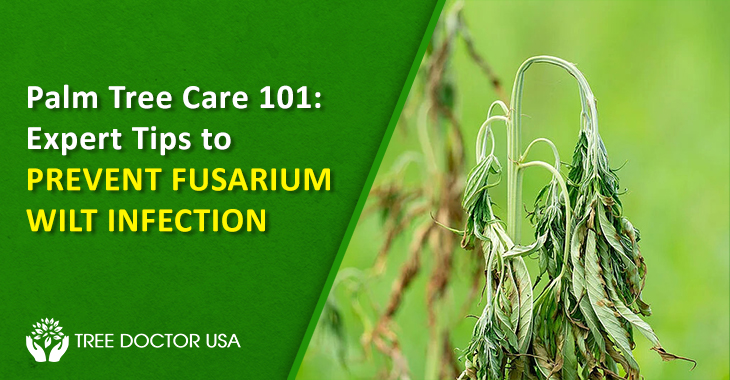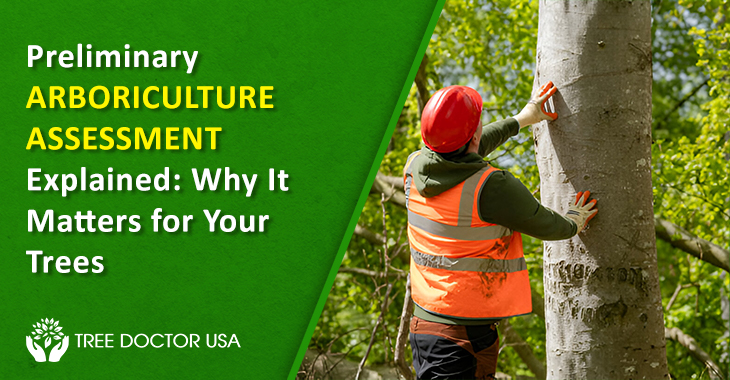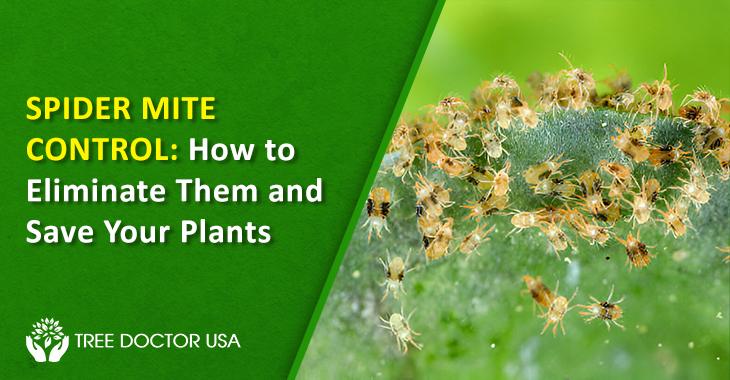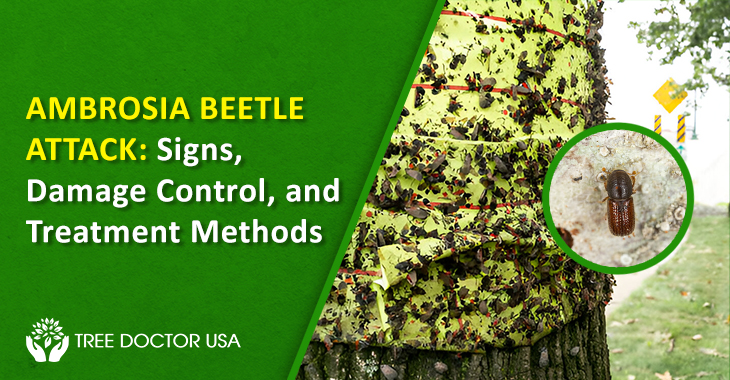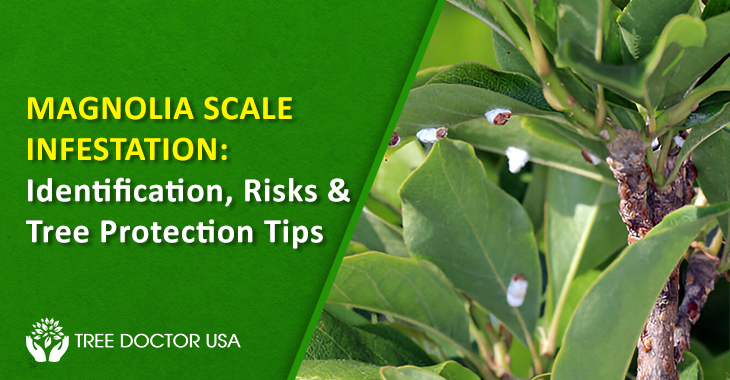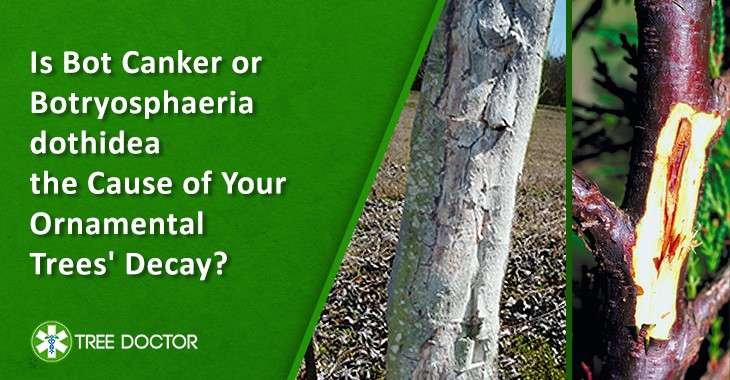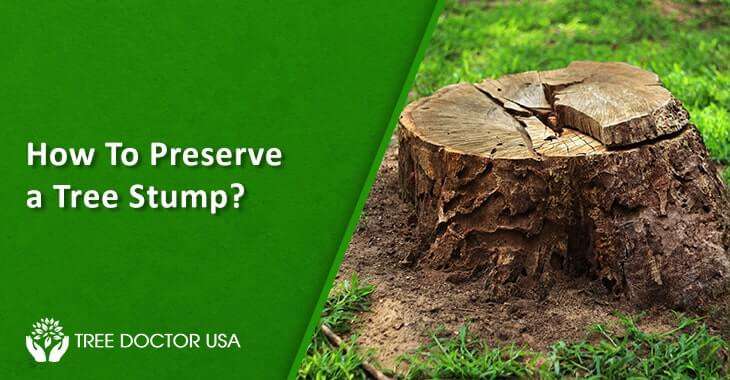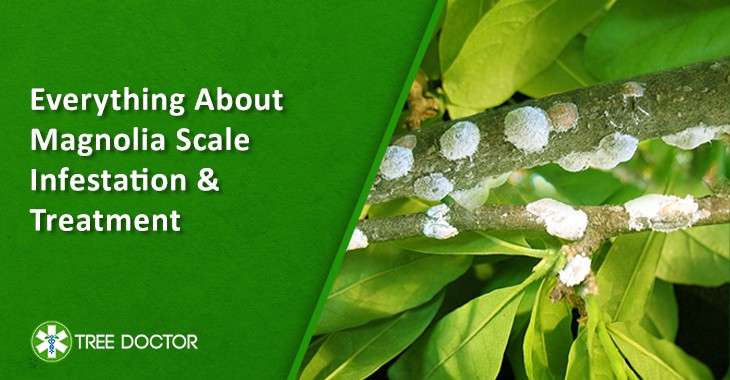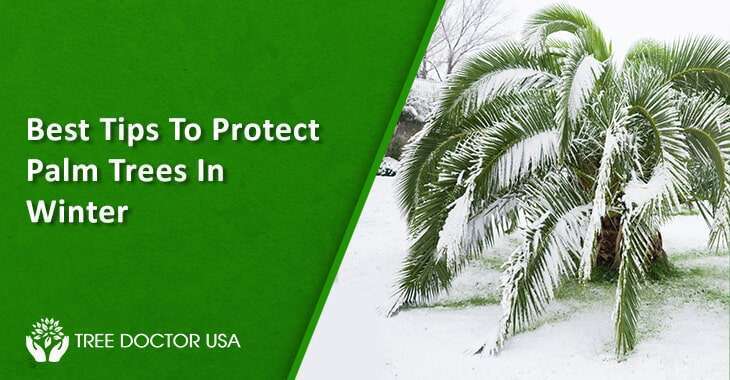Why It’s Important to Maintain Trees During the Winter
Your trees have already begun preparing for the upcoming winter. As the leaves start to turn color and eventually fall off, property owners must lend a helping hand to their trees to assist them in getting ready for the typically brutal and cold winters we get. Follow the steps in the checklist provided below to ensure that your trees are prepared for any winter that Mother Nature may bring our way.
Cleanup
Do you remember cleaning up before you could move on to doing something else when you were a kid? The same logic applies to getting your garden ready for winter. To begin the process of fortifying your trees, you must first remove the ones that are already dead. You should clear your property of any dead or downed trees or branches, and if they are too big to move on your own, you should engage a Tree Removal Company to handle the work for you. Remove or transplant stray seedlings that have emerged in your yard and are now a bit too close to your house or other plants. It is an additional method for cleaning up your yard.
Cut Back Although we have typically cut back deciduous trees in the late winter, recent studies have shown that the best time to prune is in the late spring or early summer. It has been established that the optimal time to prune trees is when they are actively developing the most so that the wounds can heal more quickly.
If you hire a professional to do the Tree Health Management for you or if the pruning is necessary to repair damage caused by a storm, you might only sometimes have a choice over when the pruning is done. In addition, many trees, including maples, willows, birches, and others, will release a significant amount of sap if they are pruned in the late winter or early spring; for this reason, it is recommended that these trees be pruned in the late fall. Oaks should not have their branches clipped from April through July to prevent the spread of oak wilt disease; however, oaks can have their branches pruned in the late fall.
Wrap Trees
Until the tree has reached an age at which the bark has hardened and become thick enough, the trunks of young trees with thin bark are susceptible to sunscald throughout the winter. During the warmer days of winter, the south and southwest sides of trees are most vulnerable to damage. When the sun shines on the bark, it causes it to get warmer. The bark cells of a tree are susceptible to harm if they first lose some of their cold hardiness during the day and then experience temperatures that dip below freezing at night. In the years that follow an occurrence, damage may manifest as bark that has cracked, peeled, or become discolored; bark that has sunken; or bark that has sunken and is sunken.
When the damage has already been done, there is no way to reverse it. It is best to safeguard the tree from injury over the winter months by wrapping it in a tree wrap. One should do it before any damage develops. When spring arrives, remove the wrap to prevent additional pest and disease problems from forming under the wrap. If you have had difficulties with mice or other rodents, you might want to use a small piece of white PVC drain tile to prevent these issues from occurring again.
Watering the Trees
Water Give all of the trees and shrubs, especially those just recently planted, the appropriate amount of water during the growing season. When the ground is not frozen during the winter, apply water whenever it is required. It is only essential to water the plants one to two times each month from now until spring, and the watering should take place around midday on days when the temperature is at least 40 to 45 degrees Fahrenheit. Before watering, it is essential to evaluate the soil’s moisture level using a long screwdriver or a soil probe. It will help you decide whether or not the ground needs to be watered. If you can insert a screwdriver into the dirt, there is no need to water the plants. On the other hand, if it is incredibly challenging to insert the screwdriver into the ground, the plants need to be rinsed.
Mulching
Mulch During the winter, when the air is drier, and temperatures are lower, surrounding your trees with mulch can help them retain moisture and reduce temperature fluctuations in the soil. When mulching, it is essential to remember to leave a gap of at least 6 inches between the tree and the mulch. It will prevent fungus from growing on the trunk of the tree itself.
Fertilize
You will inevitably deplete some of the nutrients in the soil around your trees due to the extreme temperatures experienced over the summer and winter. Because of this, the fall is an excellent time to gift your trees by amending the soil around their roots with fertilizer. Your trees should be able to make it through the winter with the help of a slow-release fertilizer, which should also protect them against damage, illness, and insects.
Also Read: Winter Tree Assessment: Why You Should Do It
Plant
Planting should be the final item on your fall to-do list. Who would have thought that when everything is passing away would be the ideal time to sow new life? Temperatures cooler in the late fall and winter are perfect for encouraging root growth in newly planted trees. It may appear as though your tree is passing away from the ground up, but below the surface, its roots are becoming robust and getting ready for a rapid growth spurt in the spring. Remember that the fall is the best time to plant trees that have been baled; however, planting bare-root trees should be put off until much later in the year, when they have entirely entered their dormant stage.
Winter Desiccation
When there is little or no snow cover, and the plants are exposed to dry, cold winds, winter desiccation is more likely to occur on evergreen trees and shrubs. Winter desiccation is also more likely to occur on evergreen trees and shrubs. Even in the dead of winter, trees continue to exhale water through a process known as transpiration. Because evergreens lose more water via transpiration than deciduous trees, they experience more stress throughout the winter.
Desiccation during the winter months happens when the amount of water lost is more significant than the amount taken in by the plant over the winter. The damage might be seen as needles or leaves becoming brown on the branch tips. However, the damage does not typically become apparent in our trees until the beginning of spring, so that they will maintain their green color throughout the winter. Desiccation caused by winter can be controlled by watering the plant during the winter and spraying it with an anti-desiccant.
Concluding
While trees do not actively grow throughout the winter, they require consistent maintenance. Dial the number of our professional Tree Care San Diego specialist crew to obtain assistance getting through the winter and to ensure that your trees receive the attention and care they need throughout the cooler months. The helpful arborists can answer your queries concerning the care of trees throughout the winter at Tree Doctor USA. Please send us a message right away.

